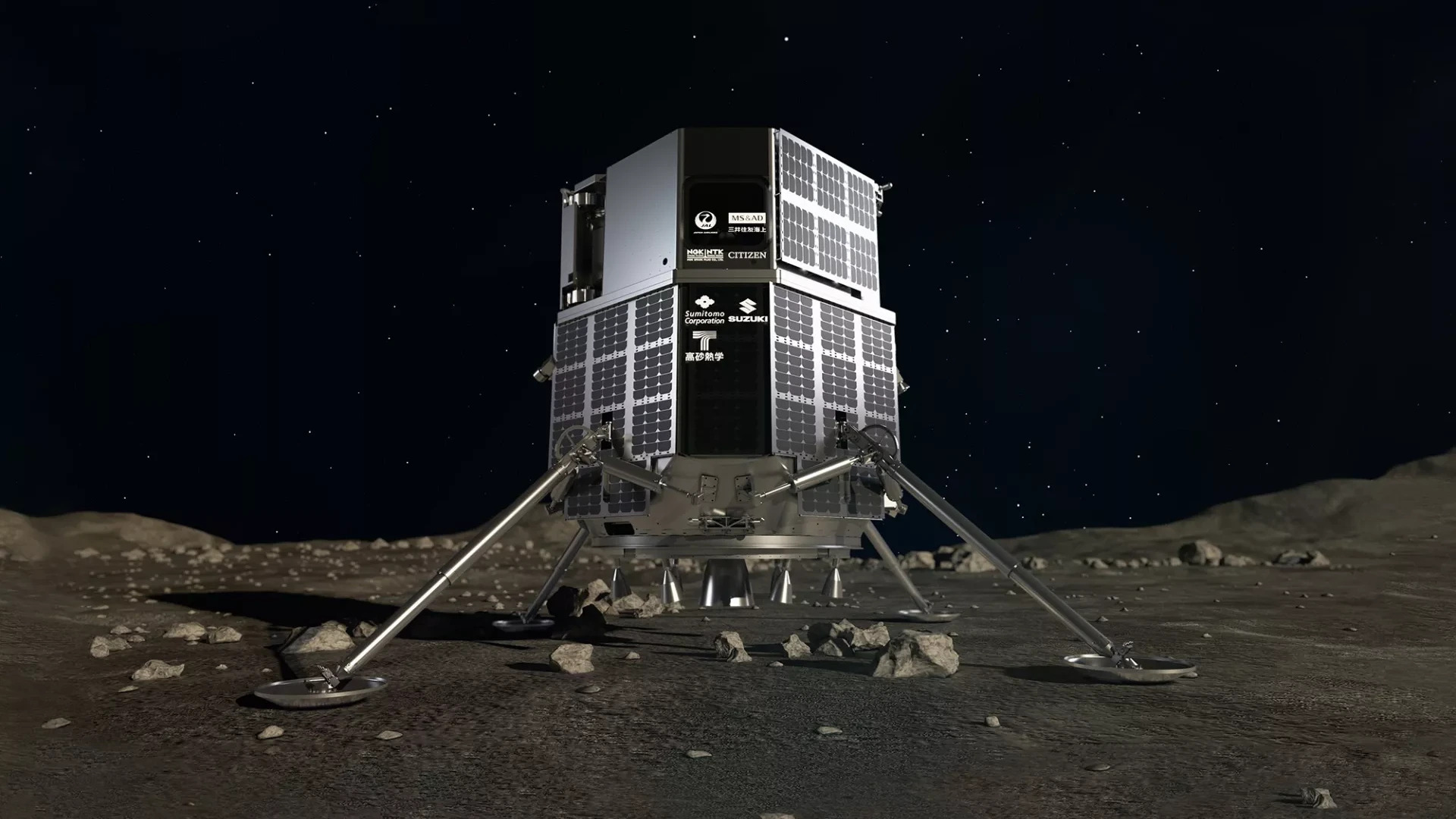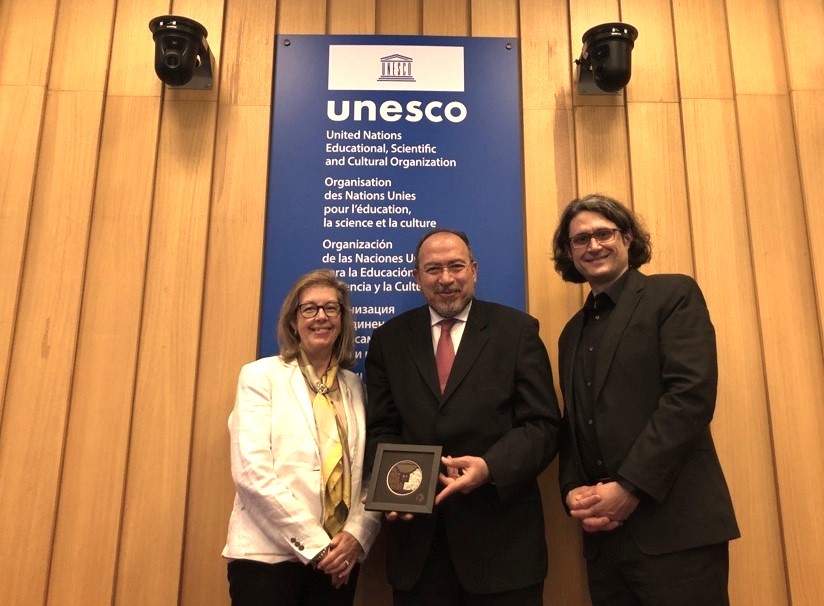Private lunar lander to carry 'memory disk' of 275 human languages to the moon in 2024
ispace will send a time capsule of 275 human languages to the moon as part of its lunar mission later this year.

Many of us remember building time capsules to preserve memories from our lives on the ground. Now, on a bigger scale, humanity's languages and culture will get their own safeguards on a mission to the moon.
ispace, a Japanese lunar exploration company that's working to put more human presence in space, has teamed up with the United Nations Educational, Scientific and Cultural Organization (UNESCO) to take an important part of our humanity and preserve it on the moon during its upcoming Hakuto-R Mission 2, which will send a robotic lander to the lunar surface.
The mission will be to deliver to the lunar surface a "memory disk" developed by UNESCO containing 275 languages and other cultural artifacts. This would be an effort to keep a piece of our humanity alive in case there's ever a future threat to humankind's existence on Earth.
Related: Japan's ispace shows off a tiny moon lander for its 2nd moon mission in 2024
The languages will be part of the UNESCO Constitution's Preamble that shares the "importance of preserving world unity, linguistic diversity, and cultures." ispace will put the memory disk aboard its Resilience lunar lander, part of its Hakuto-R Mission 2, and send it to the moon sometime late in 2024, if current timelines hold.

"Maintaining linguistic diversity and preserving culture are significant aspects of UNESCO's mandate. We are very honored to announce that ispace's Hakuto-R Mission 2 will contribute to realize UNESCO's lunar mission to benefit the world," Julien Lamamy, CEO of ispace-Europe, said in a statement.
"We continue to progress on Hakuto-R Mission 2, with the recent lander and rover development achievements that put us on a timeline for a winter 2024 launch carrying UNESCO's payload," Lamamy continuted.
Get the Space.com Newsletter
Breaking space news, the latest updates on rocket launches, skywatching events and more!
ispace's first lunar lander, Hakuto-R, launched on the company's Mission 1 in December 2022. When the lander attempted its historic landing attempt on April 25, 2023, its onboard computer calculated an incorrect altitude measurement that caused the spacecraft to crash.
The company's second mission, Hakuto-R Mission 2, is scheduled to launch sometime in winter 2024 and will include a micro moon rover.
ispace is already developing its Mission 3, which is scheduled for launch in 2026 and will include NASA-built scientific payloads to be included as part of the agency's Commercial Lunar Payload Services program (CLPS). That mission will send the company's Apex 1.0 lunar lander to the moon, a larger spacecraft with a projected payload capacity of 1,100 pounds (500 kg).
Join our Space Forums to keep talking space on the latest missions, night sky and more! And if you have a news tip, correction or comment, let us know at: community@space.com.

Meredith is a regional Murrow award-winning Certified Broadcast Meteorologist and science/space correspondent. She most recently was a Freelance Meteorologist for NY 1 in New York City & the 19 First Alert Weather Team in Cleveland. A self-described "Rocket Girl," Meredith's personal and professional work has drawn recognition over the last decade, including the inaugural Valparaiso University Alumni Association First Decade Achievement Award, two special reports in News 12's Climate Special "Saving Our Shores" that won a Regional Edward R. Murrow Award, multiple Fair Media Council Folio & Press Club of Long Island awards for meteorology & reporting, and a Long Island Business News & NYC TV Week "40 Under 40" Award.









